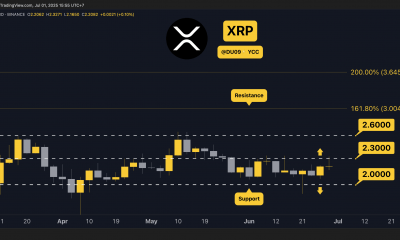Commodities
Current prices of non-ferrous metals rose in Asia

Current prices of non-ferrous metals grew on Monday during the Asian session, as authorities in China extended restrictions on electricity consumption, which reinforced concerns about the prospects of supply, reported Reuters. In this case, the ongoing measures to soften monetary policy in the world’s second-largest economy strengthened hopes for a recovery in demand for base metals.
Prices of non-ferrous metals and alloys
As of 05.10 GMT, three-month copper futures on the LME were up 0.2% to $8093 per ton, while the most actively traded September copper futures on the Shanghai Futures Exchange (SHFE) were up 1.4% to 63,090 yuan ($9242.60) per tonne.
Authorities in Chinese Sichuan province extended restrictions on electricity consumption by companies in the manufacturing sector until August 25, according to the Caixin agency. Such measures were taken due to the reduction in power generation by hydroelectric power plants and an increase in demand for electricity from households in the conditions of a long period of hot weather.
Some other provinces in the country, including Anhui, Zhejiang and Jiangsu provinces, have also experienced power outages. but so far this has not had a significant impact on the pace of base metal production.
Earlier we reported that the U.S. military, with the participation of the Kurds, removed 137 tanks of oil from Syria.
Commodities
Oil prices rise; U.S. crude inventories plunge, Russia-Ukraine truce eyed
Commodities
India’s Reliance to stop buying Venezuelan oil over US tariffs, sources say
Commodities
Oil prices climb on Venezuela supply worries

 Forex3 years ago
Forex3 years agoForex Today: the dollar is gaining strength amid gloomy sentiment at the start of the Fed’s week

 Forex3 years ago
Forex3 years agoUnbiased review of Pocket Option broker

 Forex3 years ago
Forex3 years agoDollar to pound sterling exchange rate today: Pound plummeted to its lowest since 1985

 Forex3 years ago
Forex3 years agoHow is the Australian dollar doing today?

 Cryptocurrency3 years ago
Cryptocurrency3 years agoWhat happened in the crypto market – current events today

 World3 years ago
World3 years agoWhy are modern video games an art form?

 Commodities3 years ago
Commodities3 years agoCopper continues to fall in price on expectations of lower demand in China

 Economy3 years ago
Economy3 years agoCrude oil tankers double in price due to EU anti-Russian sanctions



























